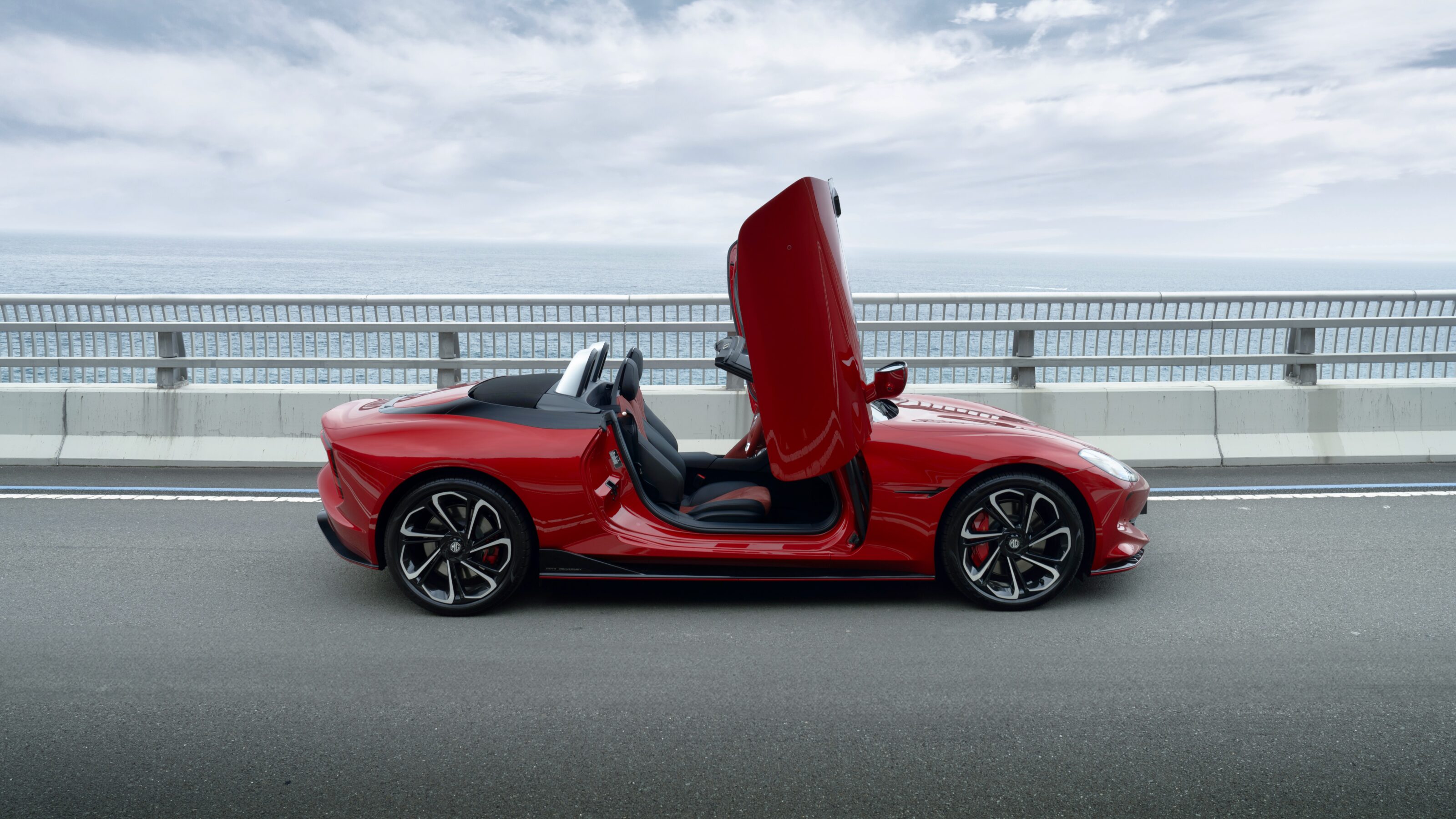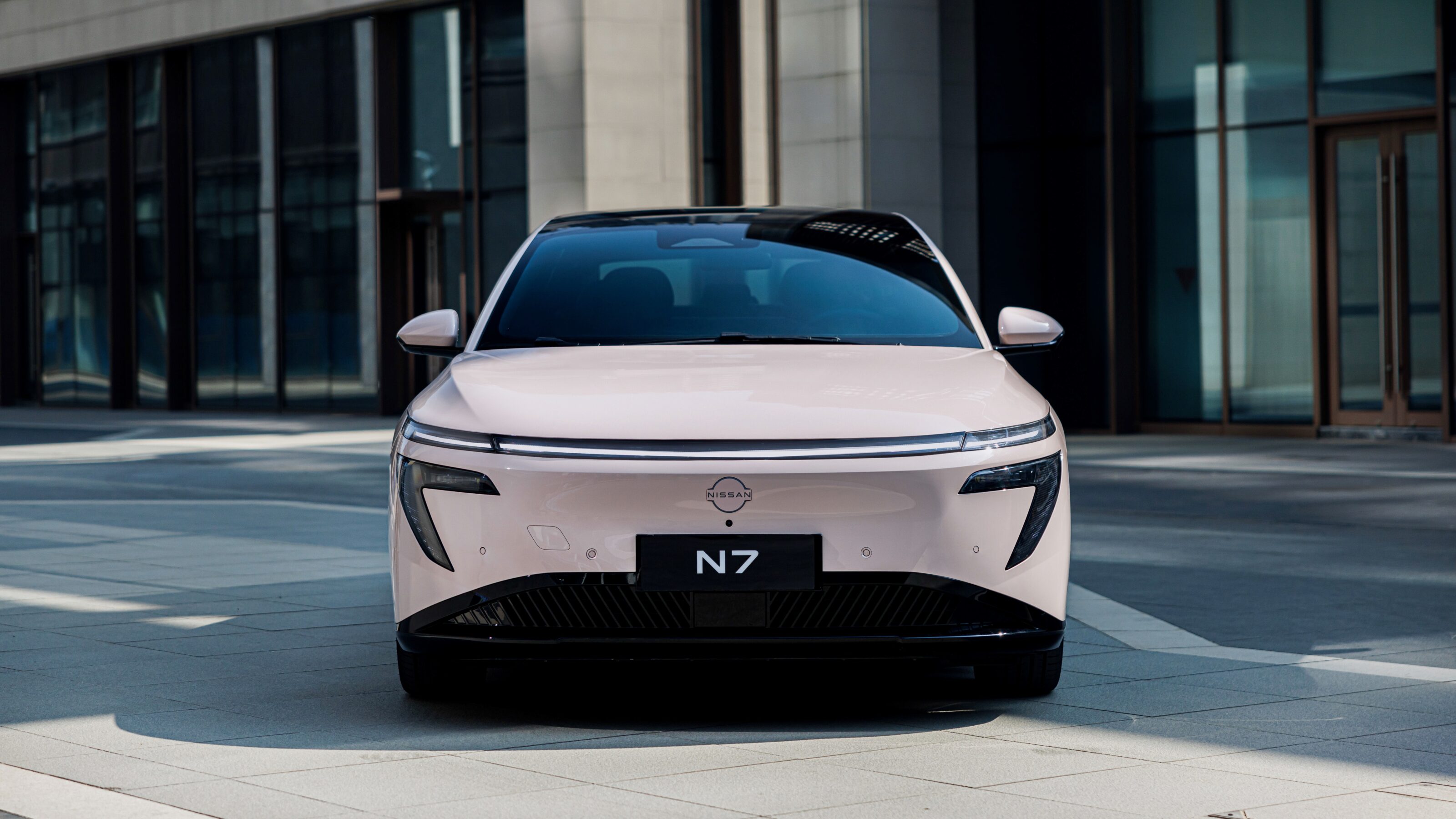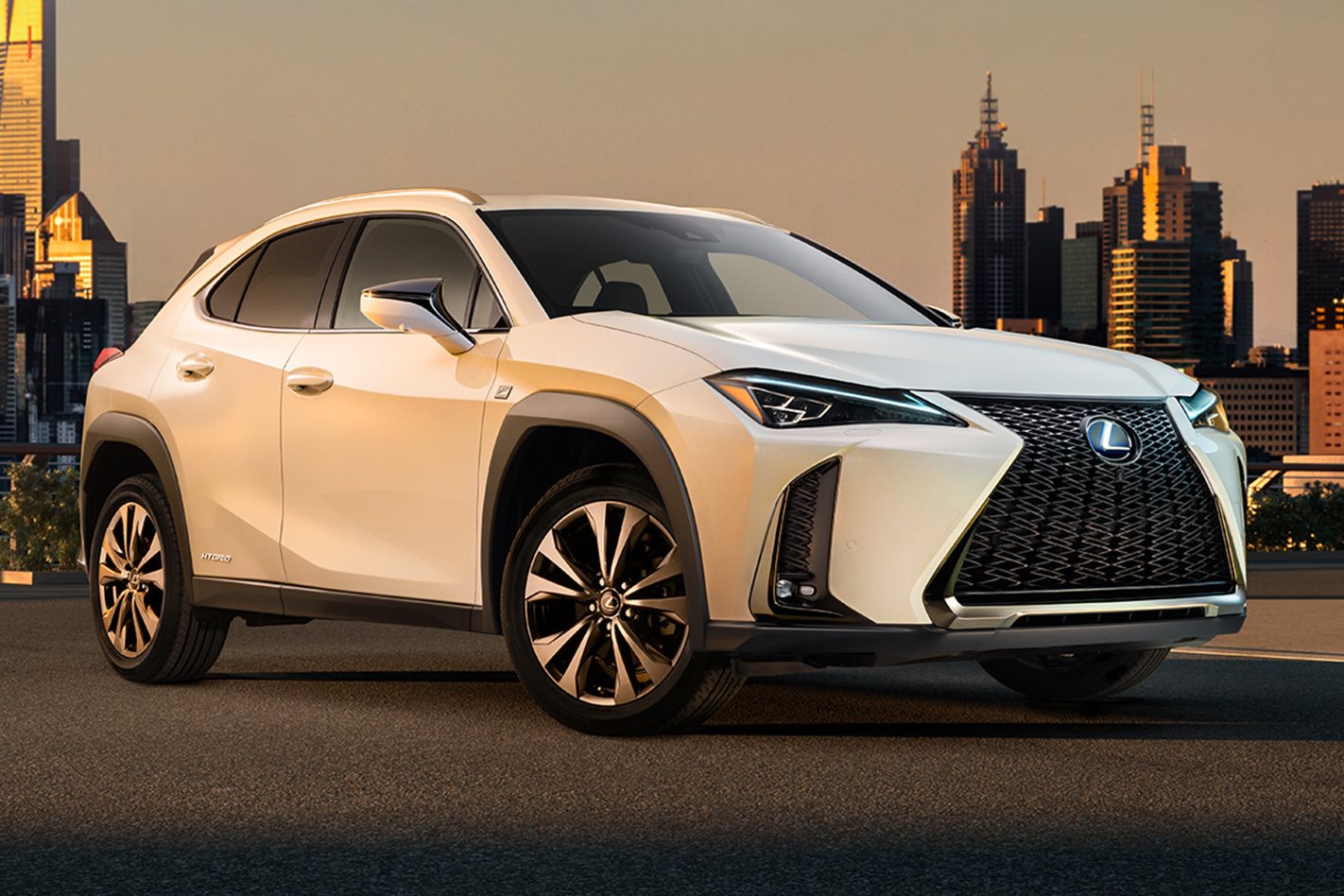
Australia will be one of the first markets in the world to receive Lexus’ all-new UX crossover, with the high-riding hatchback set to arrive on our shores before year’s end – and potentially before December.
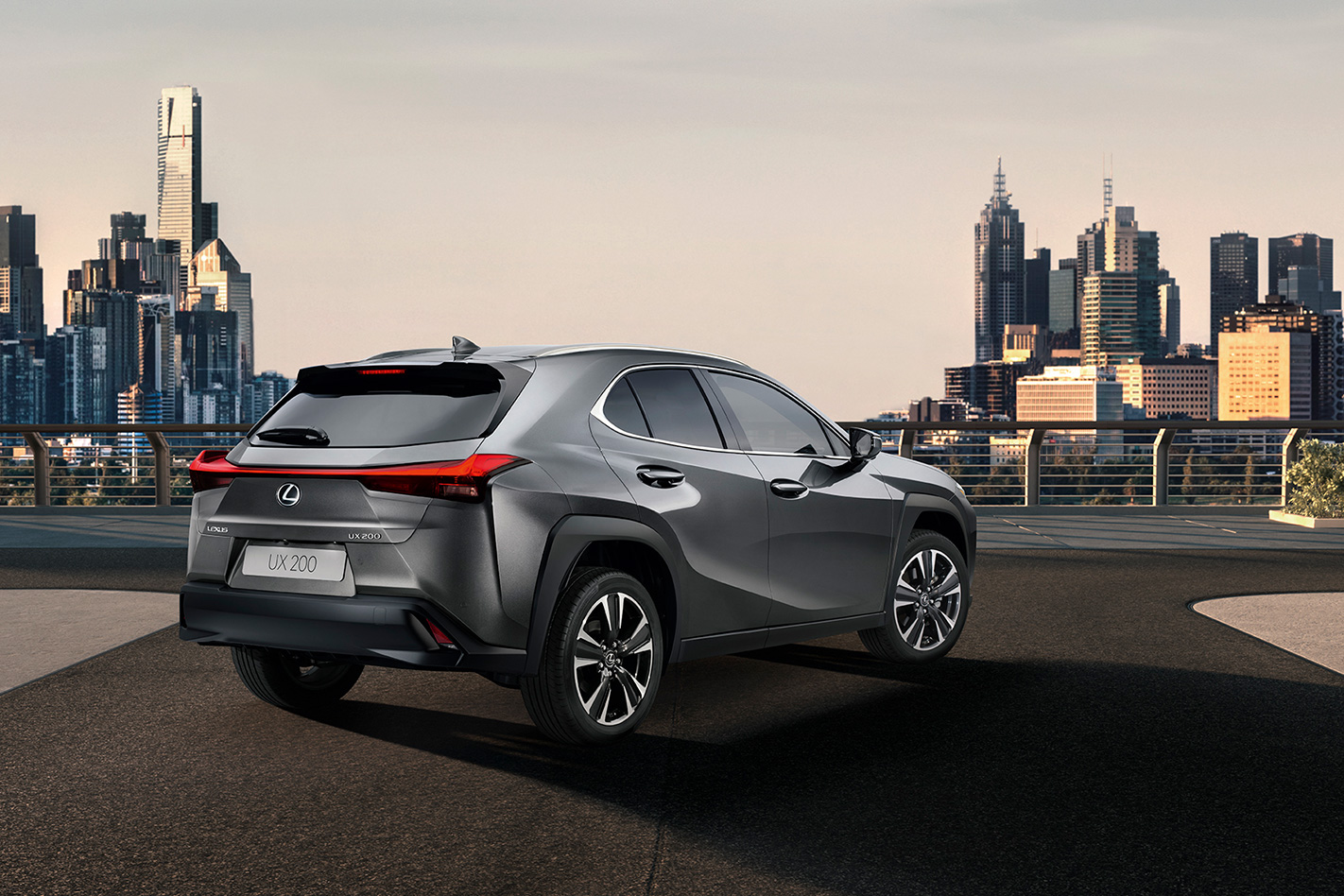
The UX is new territory for Lexus. Right now the smallest SUV offering the Japanese luxury marque sells is the RAV4-sized NX, and the UX will slot in neatly beneath it. Not only does that allow Lexus the ability to bring a more affordably-priced option to its SUV stable, but it can finally capitalise on booming demand in the small SUV segment.
The head of Lexus Australia Scott Thompson said interest in the Lexus UX was already high. So far more than 600 expressions of interest have been registered online, and Thompson expects the arrival of the UX to accelerate annual Lexus sales in Australia beyond the 10,000-car mark for the first time. Given the company sold around 8800 cars in 2017, that means the UX will inject around 1200 sales in its first full year on the market. Not enough to give it top-seller status (that title goes to the NX right now), but enough to comfortably put it in the top four within Lexus’ showroom.
Its success will naturally hinge on its price tag. Pricing and features have yet to be confirmed by Lexus Australia, but WhichCar understands the range will follow the same three-variant strategy employed by most of the company’s other models, with a Luxury grade positioned at the entry-point and an F Sport and Sports Luxury sitting above the Luxury as sportier or more opulent options respectively.

Though official pricing isn’t locked in, the company is eager to ensure the Lexus UX has plenty of separation to the two products that bookend it: the aging CT 200h hatchback, which starts at $40,900; and, the NX 300 that’s priced from $54,800 in Luxury form. With that in mind, a starting price in the mid-$40K region seems reasonable for the Lexus UX.
The challenge for Lexus now is how much equipment it loads into the entry-level UX Luxury. All we know right now is that 17-inch alloys will be standard on the Luxury, with 18s on the F Sport and Sports Luxury, but the finer details are still being hammered out by Lexus Australia. That said, with the Audi Q2 available from $41,800, odds are high that even the base model UX will be loaded with equipment to give it a competitive advantage.
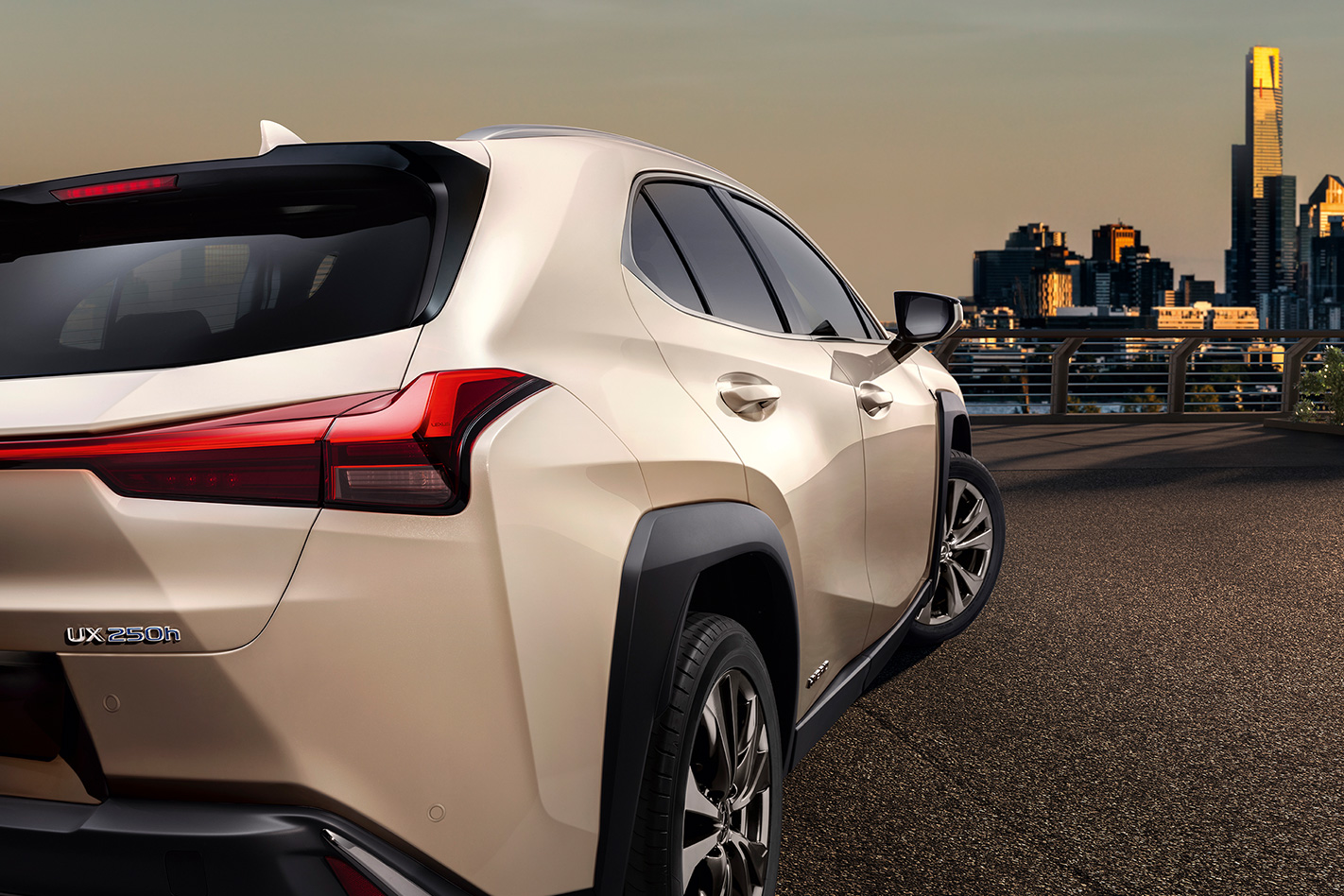
Feature-count is arguably the UX’s trump card. Standout features available overseas include an electronic instrument panel, a powered tailgate, colour head-up display, wireless phone charger, all-LED headlamps, a power-adjustable steering column, keyless entry, 360-degree parking cameras, adaptive cruise control, lane-keep assist and the latest version of Lexus’ infotainment interface.
Mechanically, the UX is available with two powertrains – a 2.0-litre naturally aspirated inline four with 126kW and 205Nm (which is shared with the just-launched Toyota Corolla) on the UX 200, or a new 2.0-litre hybrid with 131kW of total power (107kW from the engine, 24kW from its electric motors) and 180Nm for the UX 250h.
All-wheel drive is available, but it’s exclusive to the hybrid thanks to power being delivered to its rear wheels by an electric motor, rather than a conventional propshaft and differential.
Built atop the same GA-C platform that now underpins the Toyota Corolla, Prius and the C-HR, the UX features a stiff bodyshell, aluminium exterior panels (front quarter panels and door skins), and a multi-link rear suspension. Compared to its closest cousin, the C-HR, the UX differs substantially both inside and out, with cabin packaging altered by the UX’s much lower hip-point for the front occupants, its unique bodyshell and completely different cabin furnishings. A re-skinned Toyota, this is not.
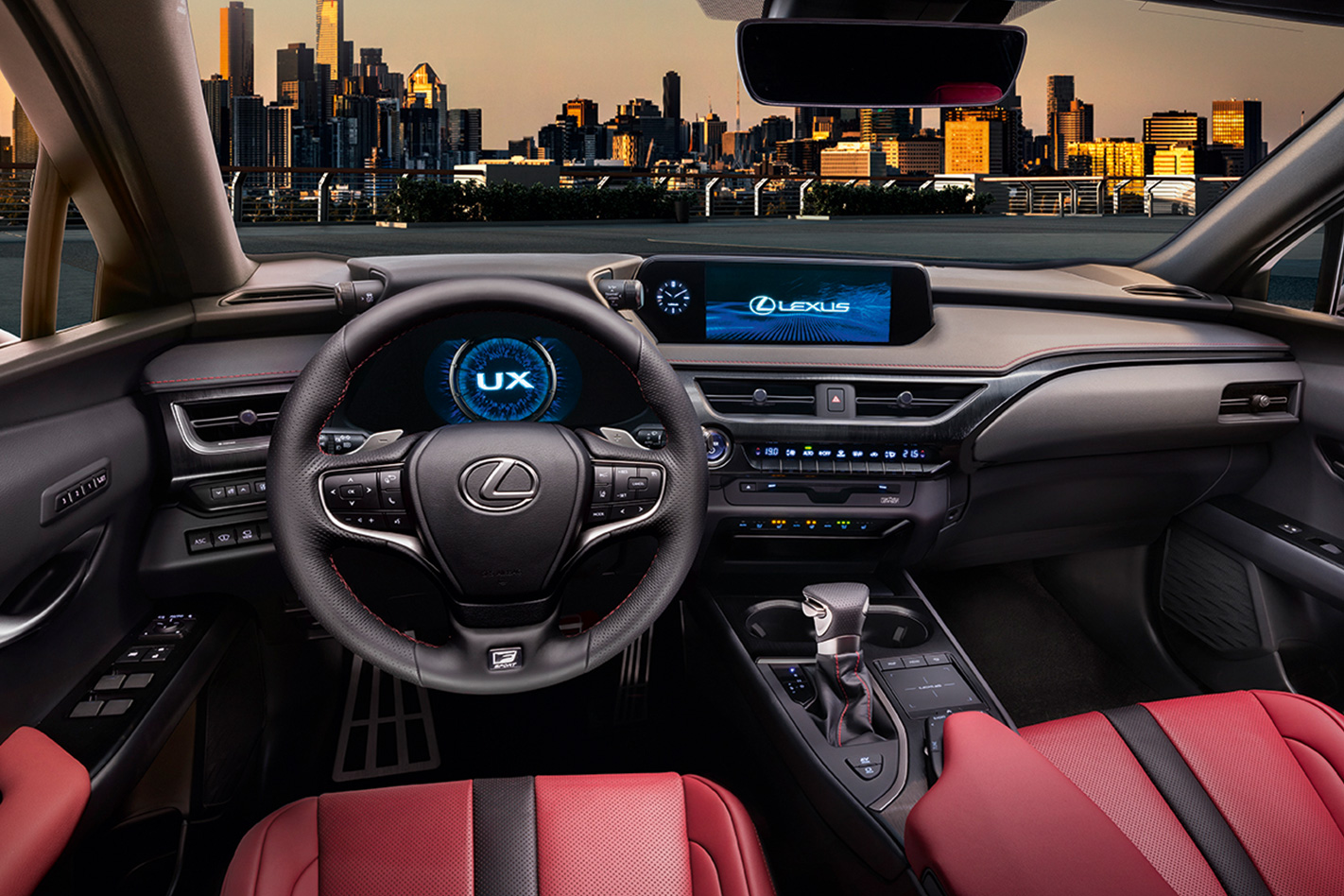
The differences continue beneath the skin, with the UX boasting its own unique steering tune and suspension calibration. Opt for the F Sport model, and the UX’s undercarriage is augmented further by adaptive dampers that can deliver both better compliance or a sportier drive, depending on driver preference.

